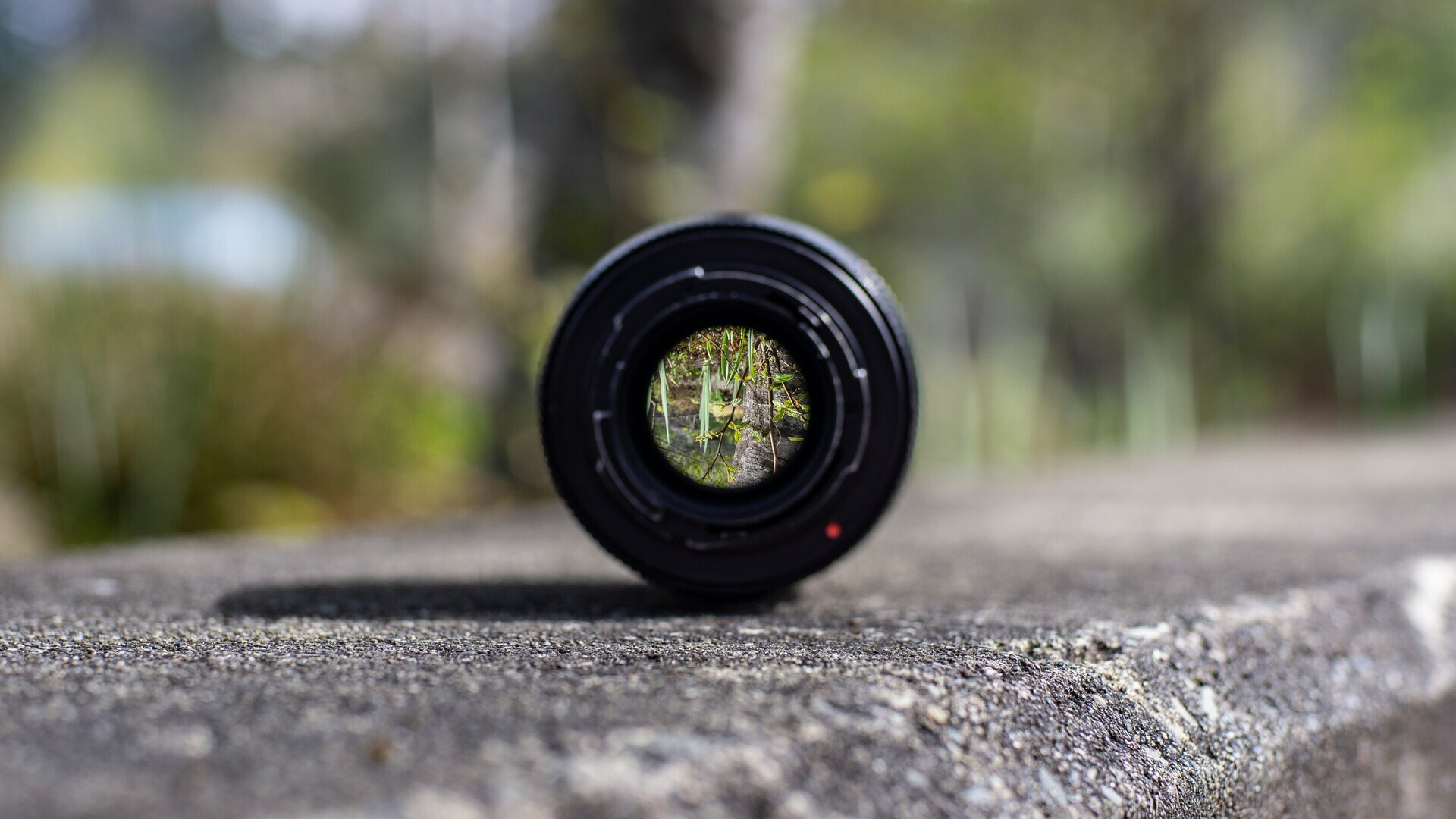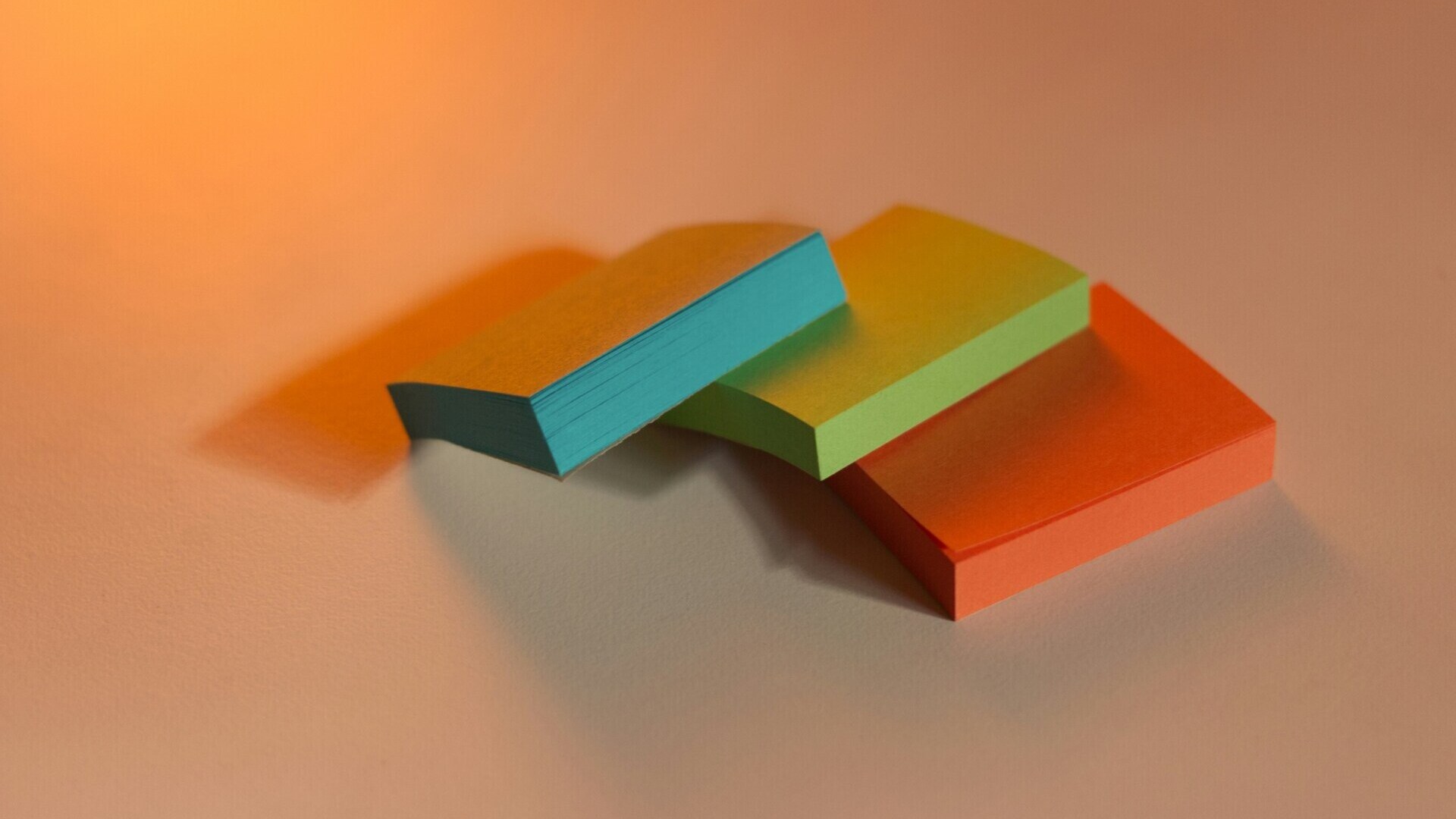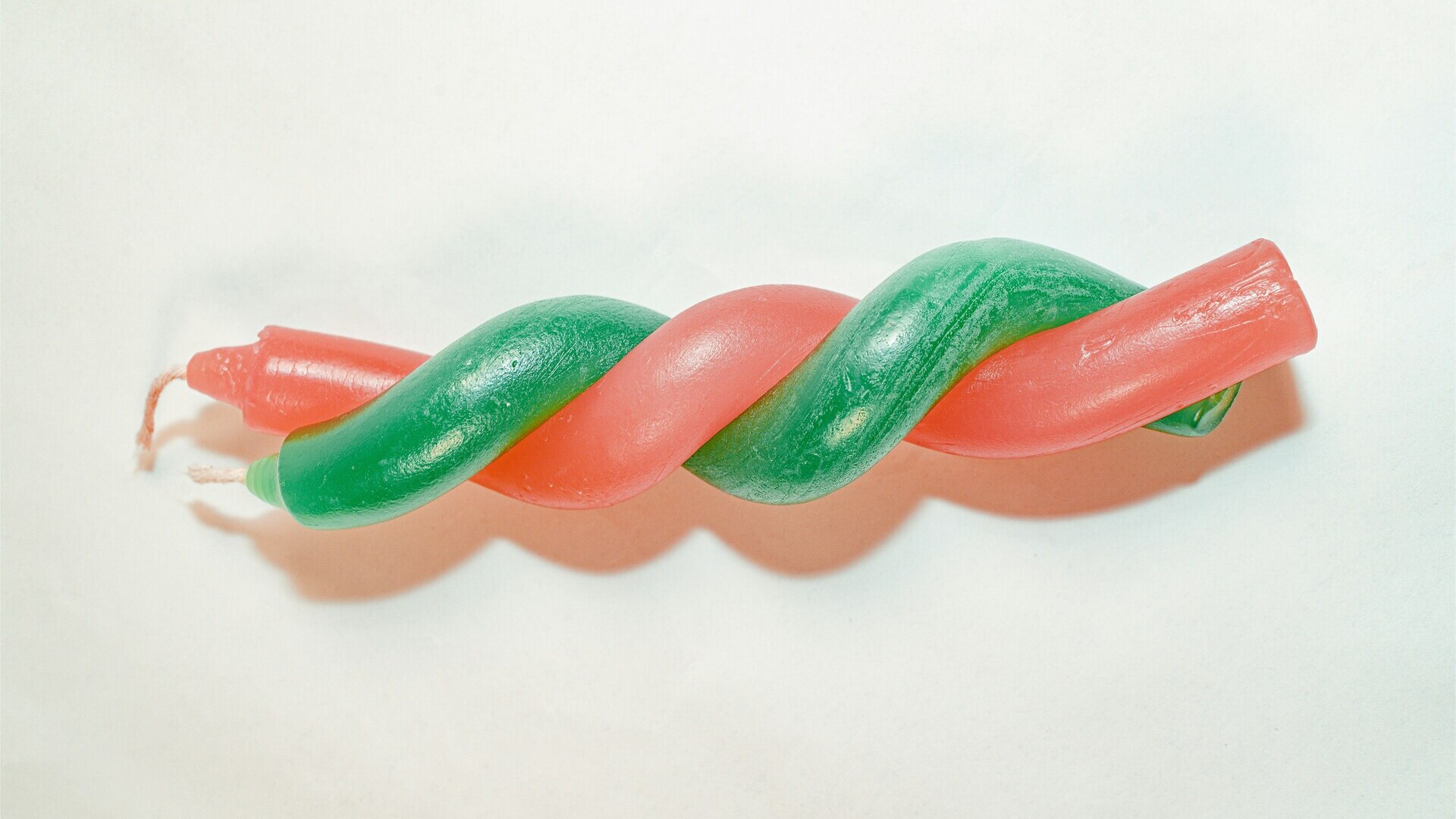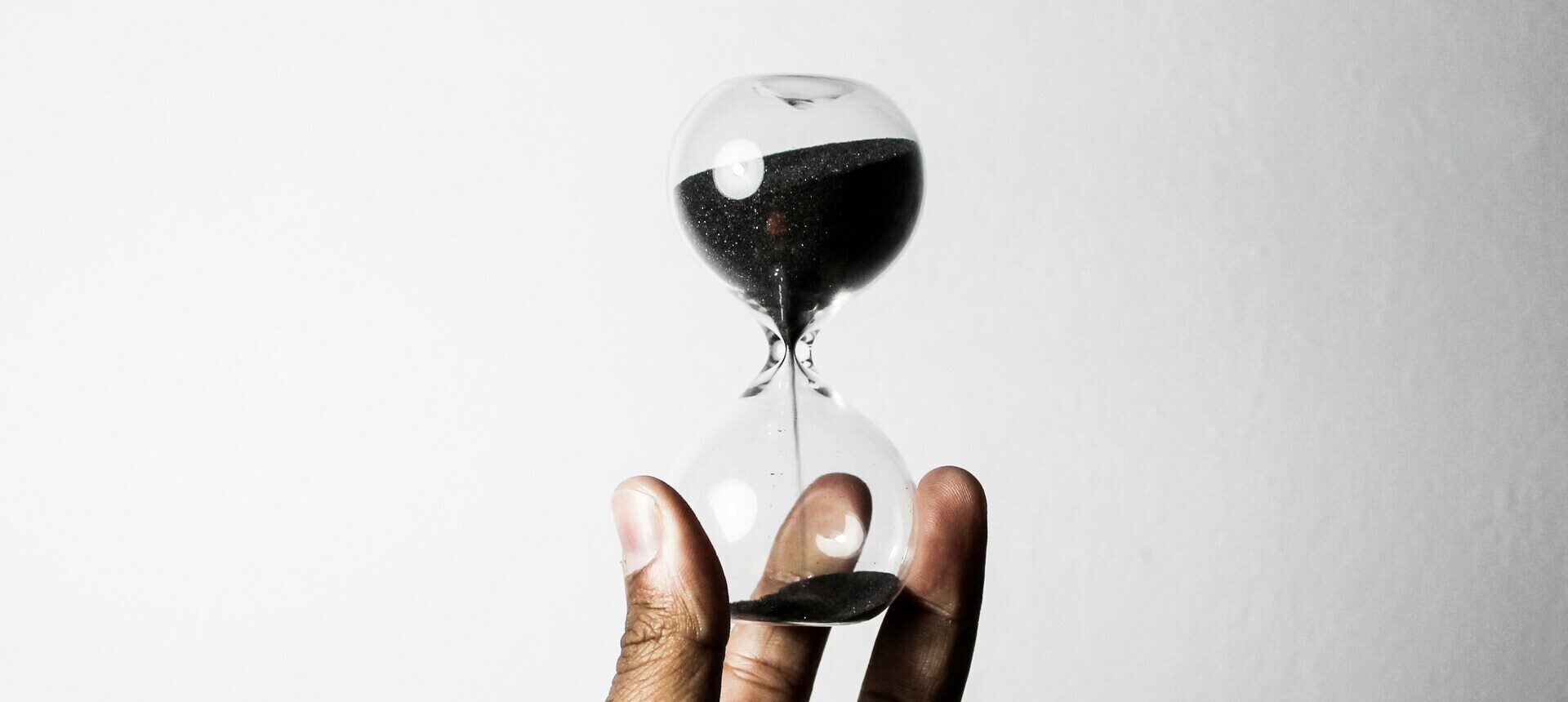
Build Your Rainy Day Fund: Protect Your Financial Growth
Emergency funds protect your investments during life’s storms.
Quick Recap: In our previous articles, we explored how to Get Your Money to Bloom This Spring, why FOMO-driven investing often backfires, and how small, regular investments grow over time. Now let’s talk about protecting your financial garden from unexpected storms through the power of an emergency fund.
Have you ever had your car break down at the worst possible time or faced an unexpected medical bill? These financial surprises can be stressful, especially when you’re working hard to grow your investments.
This is where a rainy day fund becomes essential. It’s not the most exciting part of your financial plan, but it might be the most important for ensuring your long-term investments can continue to grow uninterrupted, even when life throws you curveballs.
Why Your Investments Need Protection 🛡️
Imagine you’ve been diligently investing €50 each month for two years. You’ve built up a nice little investment garden worth about €1,300. Then your car breaks down, needing €800 in repairs. Without an emergency fund, you might be forced to sell some investments to cover this unexpected expense.
This causes three big problems:
- Growth Interruption: You lose the future compound growth on the money you withdraw
- Poor Timing: You might have to sell when the market is down, locking in losses
- Psychological Impact: Financial emergencies without a safety net create stress and can lead to poor financial decisions
Research by financial services firm Voya shows the severe impact of inadequate emergency savings on retirement accounts. According to their data, employees without sufficient emergency savings are 13 times more likely to take hardship withdrawals and three times more likely to take loans from their retirement plans. They’re also 30% more likely to decrease their retirement contribution rates when faced with unexpected expenses.
These early withdrawals create a damaging domino effect. Not only do they trigger potential fees, penalties, and taxes, but they significantly reduce the compounding potential of those investments. For younger workers, this creates shortfalls that require higher savings rates for years to catch up, while those nearing retirement might need to delay their plans entirely.
On the other hand, Voya found that people who feel financially secure with 3+ months of emergency savings contribute 51% more to their retirement plans and have a 14% higher income replacement rate on average. In other words, emergency funds don’t just protect your existing investments, they enable you to build significantly more wealth over time!
Think of your emergency fund as the fence that protects your investment garden from rabbits, deer, and other threats. It might not be as exciting as planting new seeds, but without it, your garden remains vulnerable.
How a Rainy Day Fund Supports Your Investment Growth 🌧️
An emergency fund doesn’t just prevent losses, it actively supports your wealth-building journey in several ways:
It Allows for Consistent Investing
When unexpected expenses come up, having an emergency fund means you can still make your regular investment contributions. This consistency is crucial for long-term growth, as we discussed in our investment gardening article.
It Enables Smarter Risk-Taking
With a safety net in place, you can potentially invest more aggressively (when appropriate for your goals). Knowing you have cash for emergencies allows you to weather market volatility with greater confidence.
It Provides Peace of Mind
Financial stress affects everything from sleep quality to relationship satisfaction. Multiple surveys and studies consistently show that money concerns rank among the top sources of anxiety for adults. A well-funded emergency account reduces this stress, allowing for better financial decision-making.
Building Your Rainy Day Fund: How Much Do You Need? 💧
Financial advisors traditionally recommend having 3-6 months of essential expenses saved in an emergency fund. But the truth is, the “right” amount varies based on your personal situation.
Looking at those 3-6 month recommendations might feel overwhelming at first. But remember, just like with investing, starting small and being consistent is what matters most!
Consider these factors:
How Stable is Your Job?
- Stable, in-demand position: 3 months of expenses may be sufficient
- Freelancer or contractor: 6+ months provides better security
- Single-income household: Aim for 6+ months of coverage
How Much are Your Fixed vs. Variable Expenses?
Calculate your truly essential monthly costs:
- Housing (rent/mortgage)
- Utilities
- Food
- Transportation
- Insurance
- Minimum debt payments
This “bare bones” budget is what your emergency fund should cover and not your normal lifestyle expenses.
Do You Have Other Safety Nets?
Consider what additional resources you might have:
- Partner’s income
- Family support
- Sick leave or disability insurance
- Unemployment benefits
Remember: Your emergency fund should be liquid (easily accessible) but separate from your daily spending account. It’s not an investment, it’s insurance for your investments.
Building Your Fund While Still Investing 🏗️
Many people wonder: “Should I build my emergency fund before I start investing, or can I do both simultaneously?”
The good news is that you don’t have to put your investment dreams on hold while building security. The answer depends on your situation, but for most people, a balanced approach makes sense:
The Parallel Approach
If you’re starting from zero, consider this strategy:
- Build a mini emergency fund of €1,000 or one month’s expenses (whichever is less)
- Begin investing a small amount (even just €10/week) while also building your full emergency fund
- Gradually increase both until you reach your emergency fund target
This approach ensures you don’t miss years of potential investment growth while building your safety net. Think of it as building both the fence and planting seeds in your garden simultaneously.
Making It Work with Limited Resources
If you’re working with limited income, try this method:
- Allocate 80% of your available savings to your emergency fund until you reach one month of expenses
- Allocate 20% to investments during this period
- Shift to a 50/50 split until you reach three months of expenses
- Adjust as needed until your emergency fund is complete
Remember that even small, consistent contributions add up over time for both your emergency fund and your investments.
Where to Keep Your Rainy Day Fund 🏦
Your emergency fund serves a different purpose than your investments, so it should be stored differently:
Ideal Characteristics
- Immediately accessible (liquidity)
- No risk of loss (stability)
- Separate from daily spending accounts (to avoid temptation)
- Minimal fees
Good Options Include
- High-yield savings account
- Money market account
- Short-term government bonds or CDs (if you already have some liquid savings)
While these accounts won’t earn as much interest compared to investments, that’s not their purpose. They’re your financial insurance policy, always ready when you need them.
Getting Started: Your Rainy Day Action Plan ☔
Ready to get started? Building your financial shield is easier than you might think:
- Calculate your monthly essential expenses Determine the bare minimum you need each month for necessary expenses
- Set your target Multiply your monthly essentials by your chosen time frame (3-6 months)
- Start small Even €25-50 per paycheck adds up faster than you might think
- Automate contributions Set up automatic transfers to your emergency fund after each payday
- Track your progress Celebrate milestones like reaching one month, then two months of expenses
- Balance with investing Don’t neglect your long-term growth while building security
Remember, your emergency fund and your investments work as partners, not competitors. Your emergency fund protects your investment garden, allowing your financial seeds to grow undisturbed through all kinds of weather.
Want to learn more about building financial resilience? Sign up for our newsletter for monthly insights and updates.






